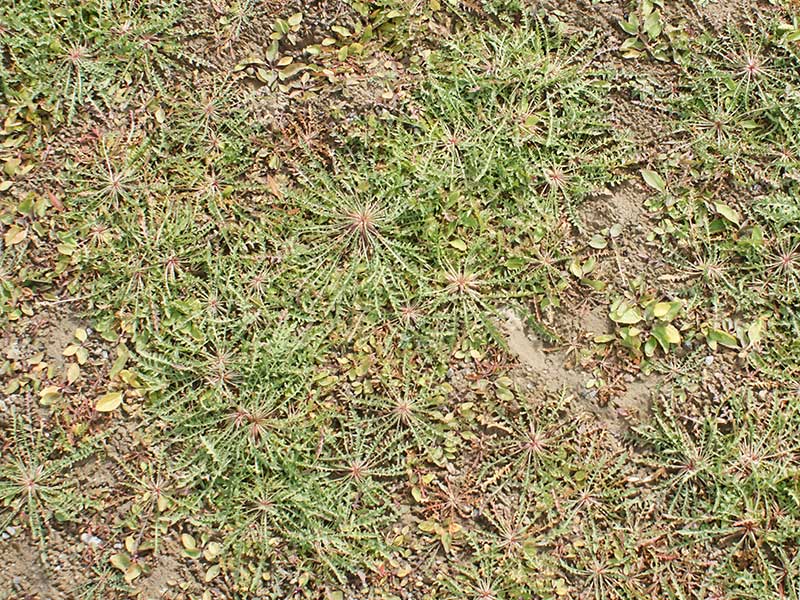Taraxia tanacetifolia / tansyleaf evening primrose
- single, sessile, bright yellow, cup shaped flowers; 4 petals
- grows as a rosette, flat to the ground
- leaves are up to 12 inches long; very deeply lobed
- still blooming in mid-October; starts in mid summer
- grows on sandy/gravelly soil, e.g. drying lake beds
Synonym: Camissonia tanacetifolia, Oenothera tanacetifolia
Tanseyleaf evening primrose is a perennial herb growing from a woody taproot and spreading via lateral shoots and branching rhizomes. As seen in the gallery, that spreading can be quite extensive. Indeed, when growing in drying lake beds, as the soil dries out, the bright yellow flowers light up the beds, and may be visible from “miles” away.
The flowers have four bright yellow petals up to about an inch long and formed in a cup. They are borne at the center of the rosettes and are solitary and sessile. With age, the flowers may turn purple-ish. The stamens are pronounced and unequal in length. Although not shown in the gallery, the sepals behind the petals are reflexed sharply downward, and are up to ½ an inch long.
The fruit is a swollen, leathery capsule containing two rows of seeds. Again, no photos.
The plants lack stems and appear only as flat rosettes. Quite pretty ones, though. The leaves – which are the display you will see for most of the year – are hairy (usually), frilly, long and narrow, and lined with deep and irregular lobes with wavy margins. The leaf blades can be up to 12 inches long . The petioles are more visible in some cases than others and can be as long as the blades.
Tansyleaf evening-primrose is often found on sandy or gravelly ground, which was certainly the case where the gallery photos were taken – near the Blowout Campground on Route 26 at Palisades Reservoir. The soil was still a bit moist despite the fact that the lake itself is nearly a half-mile out due to the drought. The plants were still flowering in mid-October, 2021.
| Color | |
|---|---|
| Family | |
| Blossom size | |
| Inflorescence size | |
| Inflorescence type | |
| When? | |
| Where? |




